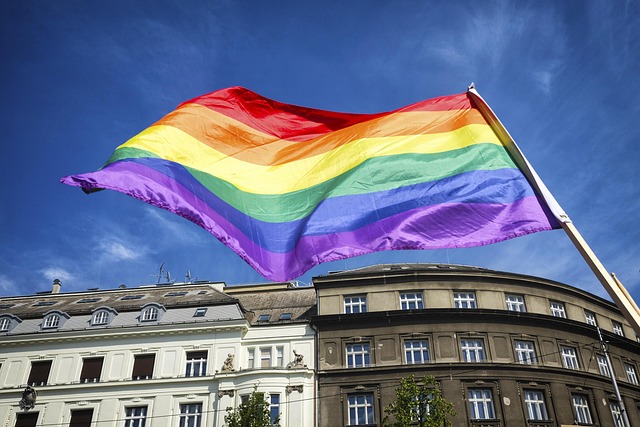Across the globe, the rainbow flag has emerged as a potent symbol of diversity, acceptance, and love within the LGBTQ+ community. Its vibrant colors represent more than just individuality; they embody a collective yearning for equality. Yet, as we embark on a journey exploring the intersection of religion and the rainbow flag, we uncover a complex tapestry woven with both challenges and opportunities for unity and understanding.
Historically, many religions have held firm to traditional beliefs about sexuality and gender. This has often led to a schism between faith communities and the LGBTQ+ population. However, countless individuals within these faiths experience a profound and personal conflict, grappling with their sexuality while seeking spiritual fulfillment. The rainbow flag stands as a beacon of hope for these individuals, symbolizing the possibility of reconciling their identity with their faith.
In recent years, progressive religious movements have emerged, openly embracing the colors of the rainbow flag. Various denominations and congregations have taken bold steps toward inclusivity, advocating for the acceptance of LGBTQ+ individuals as equal members of their faith communities. These religious groups often utilize the rainbow flag in their spaces, signifying their commitment to love, acceptance, and the idea that spirituality and sexual identity can coexist harmoniously.
For instance, many churches have begun incorporating the rainbow flag into their worship spaces, proudly displaying it alongside traditional religious symbols. This act fosters an environment of openness and encourages meaningful conversations about inclusivity. By embracing the rainbow flag, these communities challenge the status quo and actively work towards dismantling longstanding prejudices embedded in religious teachings.
However, the journey toward reconciliation isn’t without its hurdles. There remains significant resistance from more conservative factions within various religions. Some argue that the rainbow flag promotes ideologies that conflict with their interpretation of religious texts. This tension creates an ongoing dialogue—one that delves deep into the heart of what it means to be both faithful and proud of one’s identity.
In this context, interfaith initiatives are proving to be crucial. These gatherings foster dialogue, empower differing faith groups to share their experiences, and promote mutual understanding. It’s within these spaces that the true essence of the rainbow flag is embraced—not merely as a symbol of identity, but as a representation of love that transcends traditional divides.
Furthermore, stories of individuals who have reconciled their faith with their identities illuminate the power of the rainbow flag. These narratives often reflect profound moments of realization, acceptance, and the joy of finding a spiritual home that does not require sacrificing one’s true self. Each story contributes to a growing body of evidence that faith and identity can coexist, challenging us to rethink our understanding of both.
In the end, the intersection of religion and the rainbow flag is not merely about placing one banner next to another; it’s about embracing a shared vision of love, acceptance, and mutual respect. As society evolves, and more individuals come forward with their experiences, the hope for a world where faith and identity coexist harmoniously grows stronger. The celebration of the rainbow flag within religious contexts symbolizes a commitment to inclusivity, a reminder that love knows no boundaries, and that spirituality can indeed be as colorful as the vibrant hues of the rainbow.




